
Inside Blackacre’s search for gems in Colombia’s emerald wilderness
As the British jewellery brand launches its first full collection — Origins — founder Samuel Stirrat recalls his emerald-seeking expedition to South America…
- Words: Jonathan Wells
As the British jewellery brand launches its first full collection — Origins — founder Samuel Stirrat recalls his emerald-seeking expedition to South America…
The mine is dark. The hammers are loud. Home lies 5,000 miles away. And yet, held between thumb and forefinger in a shaft of soft torchlight, the emerald glows a vivid, improbable green. This is the prize — the reason Samuel Stirrat has travelled halfway across the world, and why we find him standing here, dozens of metres beneath the Colombian wilderness, in the fabled gemstone mines of Muzo.
Such intrepid fieldwork has become a kind of signature for Blackacre, the fine jewellery house Stirrat founded in 2017. As a boy, he spent family walks searching for stones; as a young entrepreneur, he launched Blackacre with just £5,000 in savings and the modest momentum of a thriving Etsy shop. Today, the brand is one of Britain’s only high-end jewellers to hold B-Corp certification, and was recently named ‘Bespoke Jeweller of the Year’ by the National Association of Jewellers.
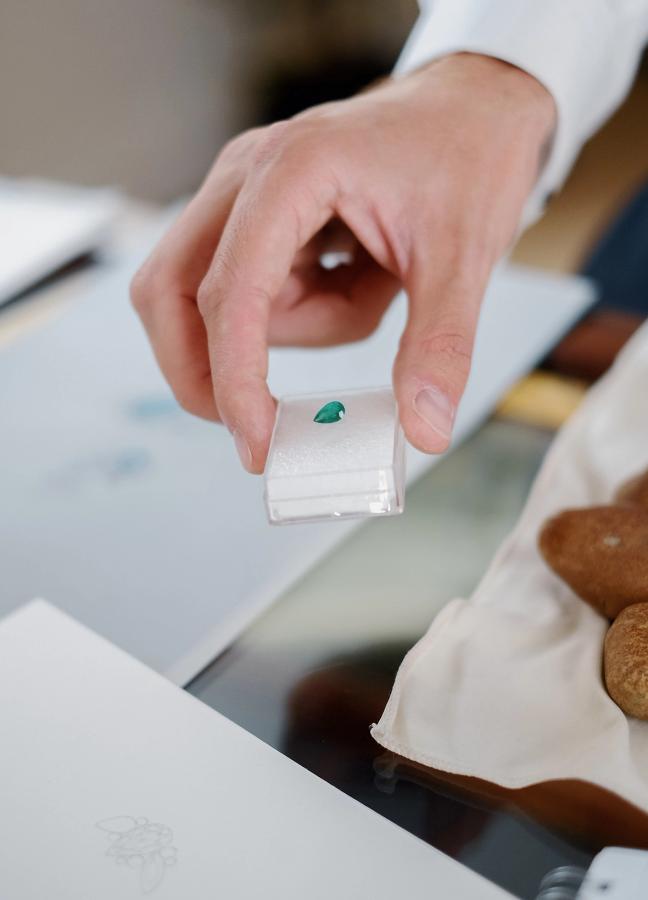
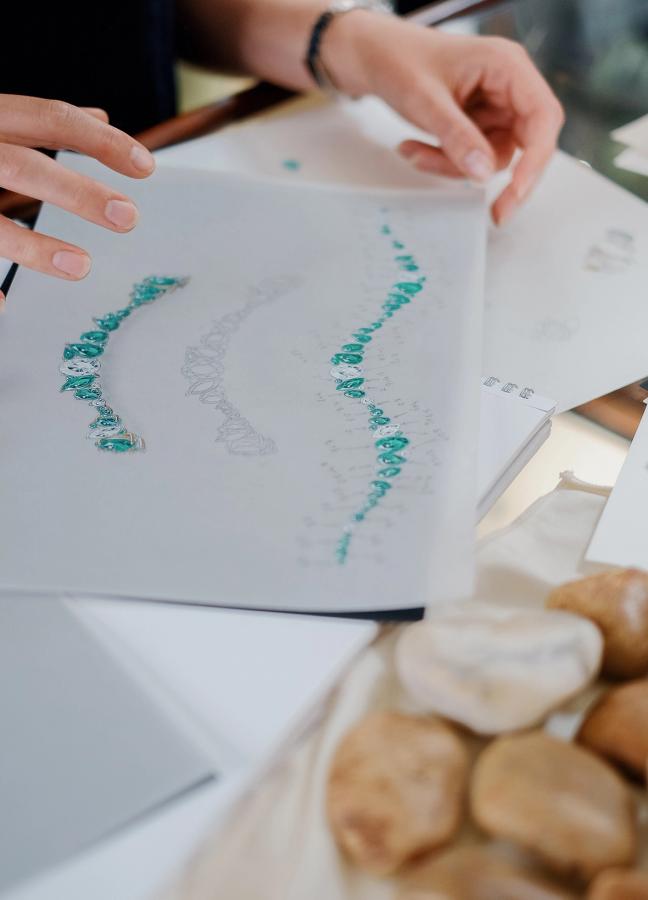
“I feel like creating jewellery is the epitome of creating something beautiful for someone,” Stirrat says — and people have always sat at the heart of his brand. Blackacre takes its name from the location of the first proposal ever made with one of Stirrat’s rings, and his clientele today encompasses entrepreneurs, lawyers, influencers and even the peerage. Over Blackacre’s first decade, Stirrat has learned many lessons. The most important? Provenance matters.
“We’re working with precious natural stones, ones created by nature over millions — if not billions — of years,” he explains. “So, just as the best farmers care about the grass their cows are eating, a good jeweller should care about the stories behind their stones.”
Blackacre has long made those stories a priority. Whether the gem is tsavorite garnet or pink sapphire, Stirrat has invested more than most in tracing the origin and journey of every stone he uses. In January 2022, the team travelled to Sri Lanka in search not only of exceptional gems, but of the extraordinary narratives embedded in them. Clients responded instantly — and emphatically.
“They wanted to see more of everything — whether the people, the stones, the culture or the jewellery. So we set about planning the next expedition, and explored how to make it bigger, better, bolder.”
“A good jeweller should care about the stories behind their stones…”
A number of destinations tempted Stirrat’s adventurous side. He remains keen to reach the Australian South Sea or Tahiti to dive for pearls — “organic creations with a remarkable story to tell” — or to explore Botswana’s diamond mines. Even the rivers of Scotland beckon, and the allure of panning for native gold. But for Origins, Blackacre’s first full collection beyond its bridal work, the jeweller needed a stone with real narrative weight: the famously elusive South American emerald. And that meant Colombia.
“It’s all too easy to sit in a jeweller’s showroom and criticise,” Stirrat says of those who appraise stones at arm’s length. “But when you appreciate that each stone may have taken decades to find, you see them in a different light.”
Which brings us back to that low-lit mine in Muzo. The emerald raised in the torchlight is one of the first uncovered on the ten-day expedition — a journey three years in the making. But to understand why Stirrat chose Muzo as his first stop, we need to rewind. Because the route to this point was far from smooth — literally.
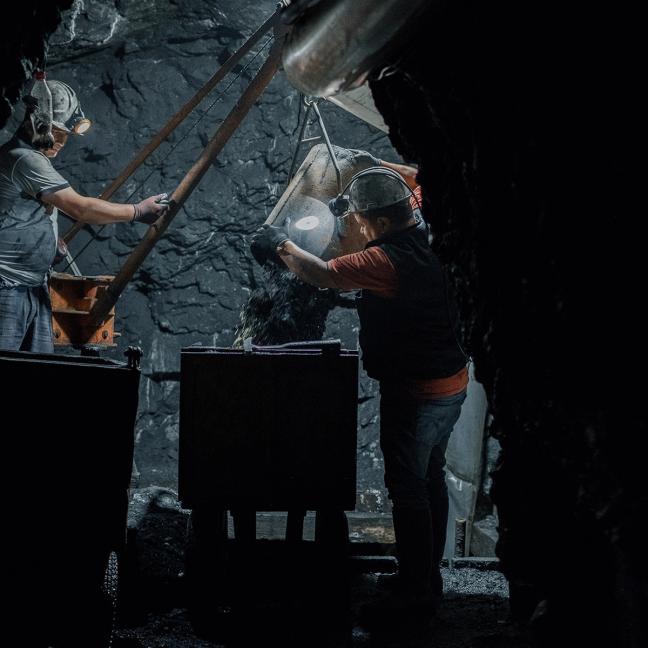
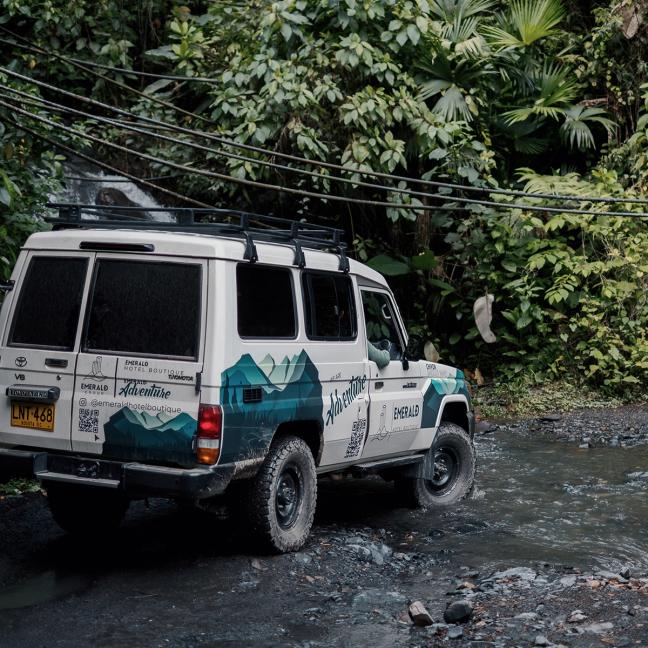
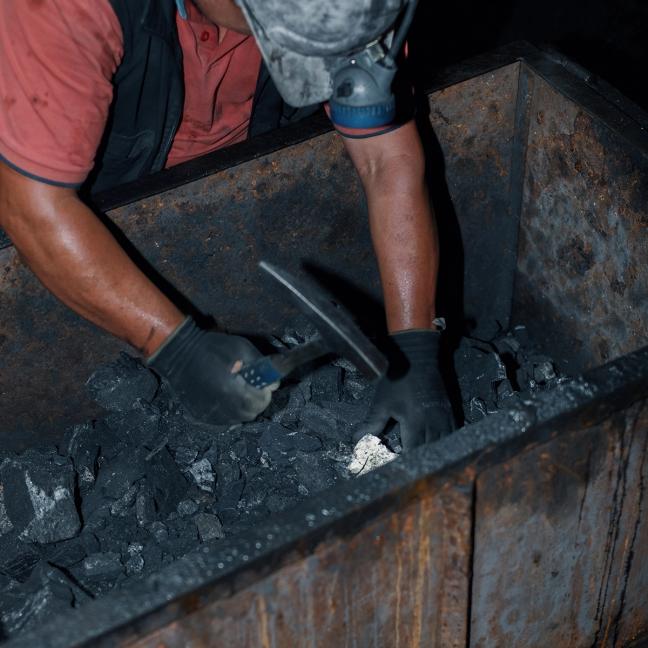
“We travelled for 15 hours, driving north out of Bogota in the back of a 4x4 to get to Muzo,” says Stirrat. “It was a route almost entirely off-road, and one which made your typical off-road driving day look remarkably tame!”
The Colombian wilderness is not for the faint-hearted. The country spans more than a million square kilometres — and that’s just above ground. For, while the lush forest canopies and verdant tropical jungles make for extraordinary views, they pale in comparison to the vivid green found deep below the forest floor: in miles and miles of labyrinthine emerald mines.
“For a long time,” Stirrat explains, “the origins of diamonds or gemstones have been a closely guarded secret. Many of the world’s most desirable gemstones can — in part — be located through the use of geological maps and surveys. But the true whereabouts of a stone? That’s often like finding a needle in a haystack. When supported by the research of an expert gemmologist, you might be led to an approximate location, but there’s still no guarantee.”
The dangers, too, remain real. “These aren’t easy places to get to,” Stirrat continues. “And, if you’re not with the right people, certain risks can arise. Historically, revealing the location of mines could have attracted the wrong kind of attention, which means filming in a live mine is almost unheard of.”
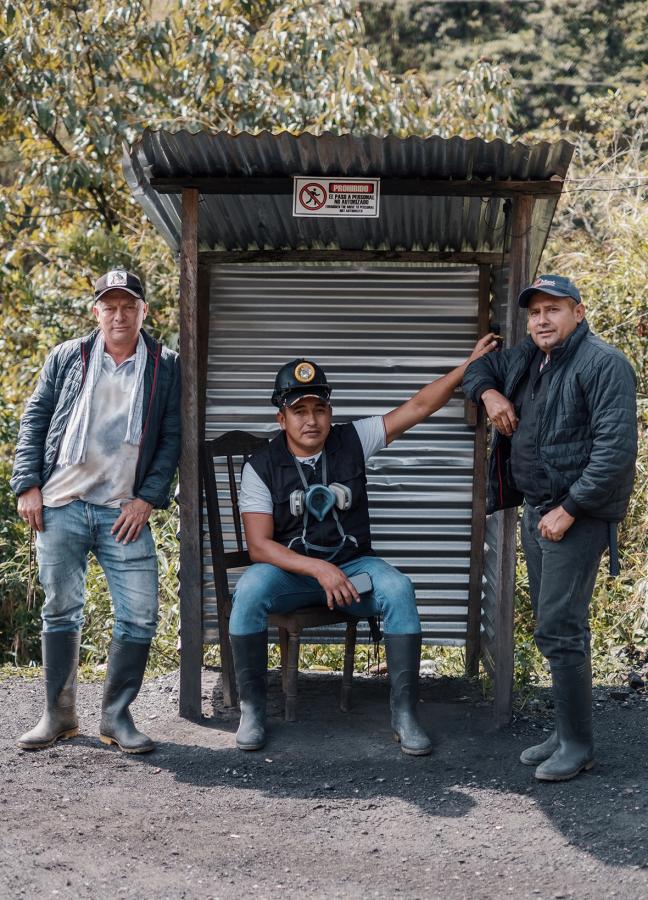
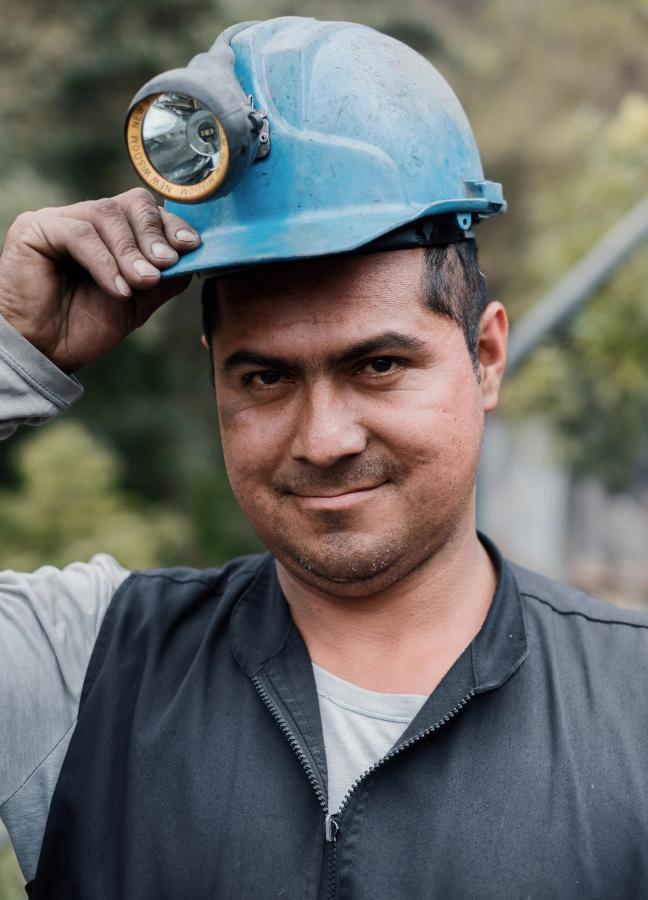
Even so, the Blackacre team was granted access to several significant mines across the country. Some are so remote — and emeralds so scarce — that an entire year can pass without a single discovery. But the miners, acutely aware of Colombia’s complicated reputation, are eager to present the real nation and its proud exports: from coffee to world-class athletes. Emeralds are central to that diplomatic effort.
And what emeralds they are. “Typically, certain locations herald exceptionally beautiful stones,” says Stirrat, “whether that’s pink diamonds in the Argyle Mine in Australia, paraiba tourmalines from Brazil, or sapphires from Sri Lanka”.
Colombia, however, remains the gold standard for these green gems. Unlike the emeralds of Zambia or Afghanistan, Muzo’s stones form in black shale — a dark sedimentary rock that lends them unparalleled clarity and intensity. In Chivor, another mining town along the Blackacre expedition’s route, chromium-rich soils impart them with a subtle blue hue. “These are considered among the most desirable gemstones on earth,” says Stirrat. “Not only for their colour, but also their rarity.”
But for Stirrat, discovery is merely the prologue of these stones’ stories. The expedition also carried the Blackacre team — including head gemmologist Laura Relph — to Bogota, the beating heart of Colombia’s gem trade. There, they met street sellers and stone cutters, and hunted for gems of exceptional colour and clarity. And while Stirrat says that “the search is exhilarating”, he also acknowledges that taking custody of a gem millions of years in the making comes with a certain responsibility — you must honour its heritage.
“That’s why, in all of our creations,” he explains, “we adopt an approach of stone-led design, whereby every design is meticulously crafted around the unique character and property of the given gem. This ensures each stone is shown to its maximum potential.”
The Origins collection brings that philosophy into gleaming reality. Back in Britain, the team laser-scans each stone, drafts precise technical drawings, casts the metals, hand-sands, polishes, solders and sets. Through these meticulous stages, the gem’s latest chapter is carefully written — one shaped as much by craftsmanship as by the ancient geology that created it.

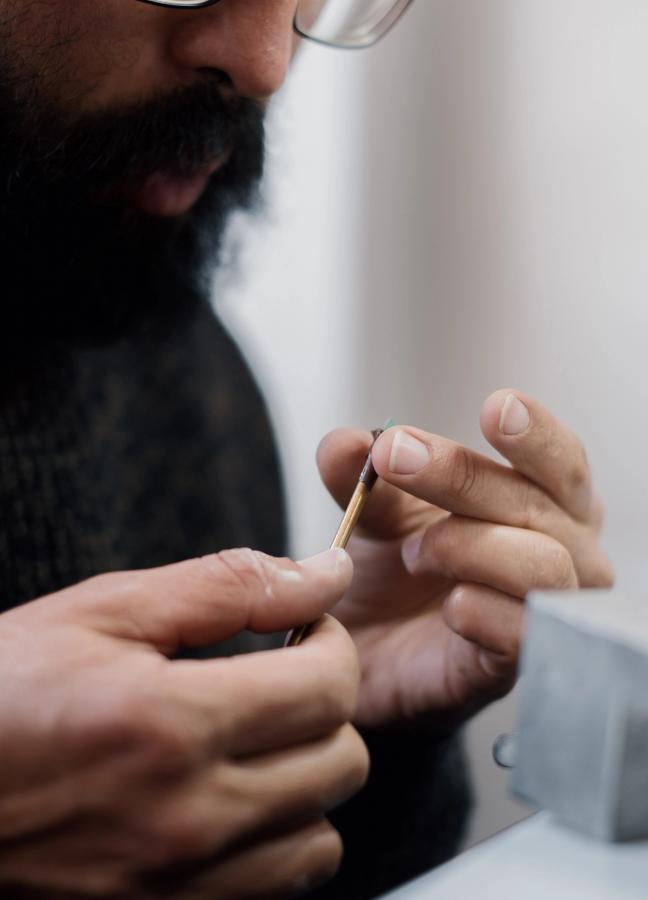
This artistry, and the globe-spanning dedication to revealing the provenance of every piece, sets a new benchmark in the jewellery world. Yet Stirrat is reluctant to claim heroics. “It’s not so much that we’re pioneering a new approach to finding the gemstones,” he says. “This has been done for centuries. But I believe we are pioneering a new approach to unveiling how it’s done. I don’t know many people who’ve taken a camera crew down a mine!”
But this is the Blackacre way: total transparency. From tumbling rocks as a child to criss-crossing the world in search of ever rarer gems today, Stirrat has always believed that sharing every step of the journey imbues the final piece with deeper meaning. “For me, luxury is about the people, the craft, the time, the stories and the meaning behind a piece,” he explains. “Showing every aspect of the creative journey is a critical part of the story — so the more we can allow people to share in the joy of these journeys, the better.”
Want to learn more about the Origins collection? Explore the emerald-centric range here...
Become a Gentleman’s Journal member. Find out more here.
To receive the latest in style, watches, cars and luxury news, plus receive great offers from the world’s greatest brands every Friday.
